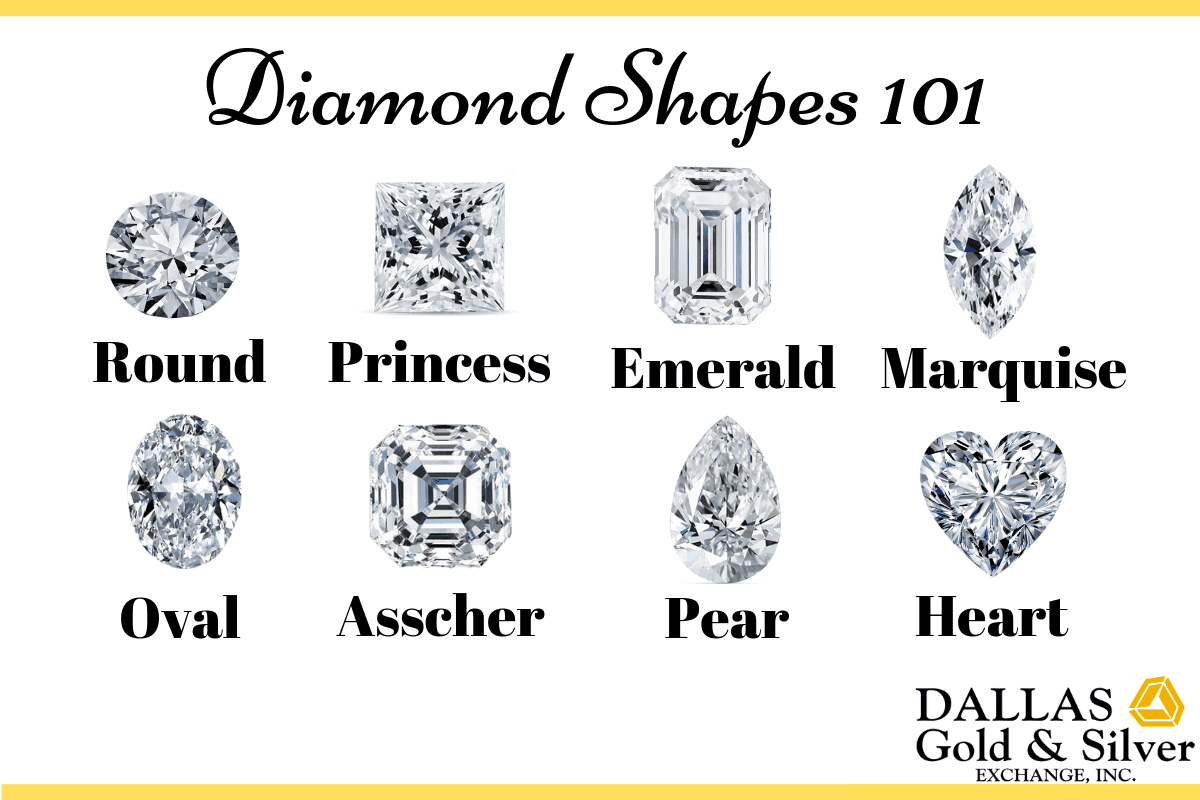When you first think of pawning jewelry or pawn shops, you may think of the TV show “Pawn Stars,” or maybe even a Quentin Tarantino film. However, pawn shops aren’t just an American practice, although more than 30 million Americans use pawn shops yearly. The practice of pawning has been around for centuries, dating back […]
Tag Archives: diamonds
Jennifer Lopez’s love don’t cost a thing, but she still got a pretty solid engagement ring from Ben Affleck! J. Lo’s newest engagement ring features an 8.5-carat ultra-rare green diamond with white diamonds. Affleck and Lopez were previously engaged in the early 2000s, so this is technically their second engagement and second engagement ring. The […]
Are you looking for a unique twist to the traditional diamond? Then, we have just the stone for you, no matter what your favorite color is. Read on to learn more about fancy color diamonds! About The Fancy Color Diamond According to GIA, a diamond falls under the category of fancy color if it is […]
Are you attracted to the lower price tag of lab-grown diamonds? Think twice before making this particular investment! We all know one of the first steps to the perfect proposal: picking out the diamond ring your partner will swoon for! And our team at Dallas Gold & Silver Exchange is thrilled to help you find […]
So, you’ve decided to start looking for a diamond engagement ring. Good news — you’re in excellent hands! We’ll help you find your dream engagement ring at Dallas Gold & Silver Exchange for the very best price. The first step in creating the perfect engagement ring is choosing the right diamond, starting with its shape. Choosing […]
Your jewelry holds a great deal of value — both monetary and emotional. To protect the monetary value of your jewelry, Dallas Gold & Silver Exchange offers you an appraisal on your prized jewelry pieces while you wait. Whether you’re a lifetime jewelry collector or just have a few select pieces you adore, you’ve worked […]
The 2019 Academy Awards hosted hundreds of movie stars, famous directors, producers, and creators. Unsurprisingly, Lady Gaga was one of the most anticipated stars to walk the red carpet — but not for a meat dress or sky-high heels. While she typically rocks daring looks, Lady Gaga was the epitome old Hollywood glamour in an […]







